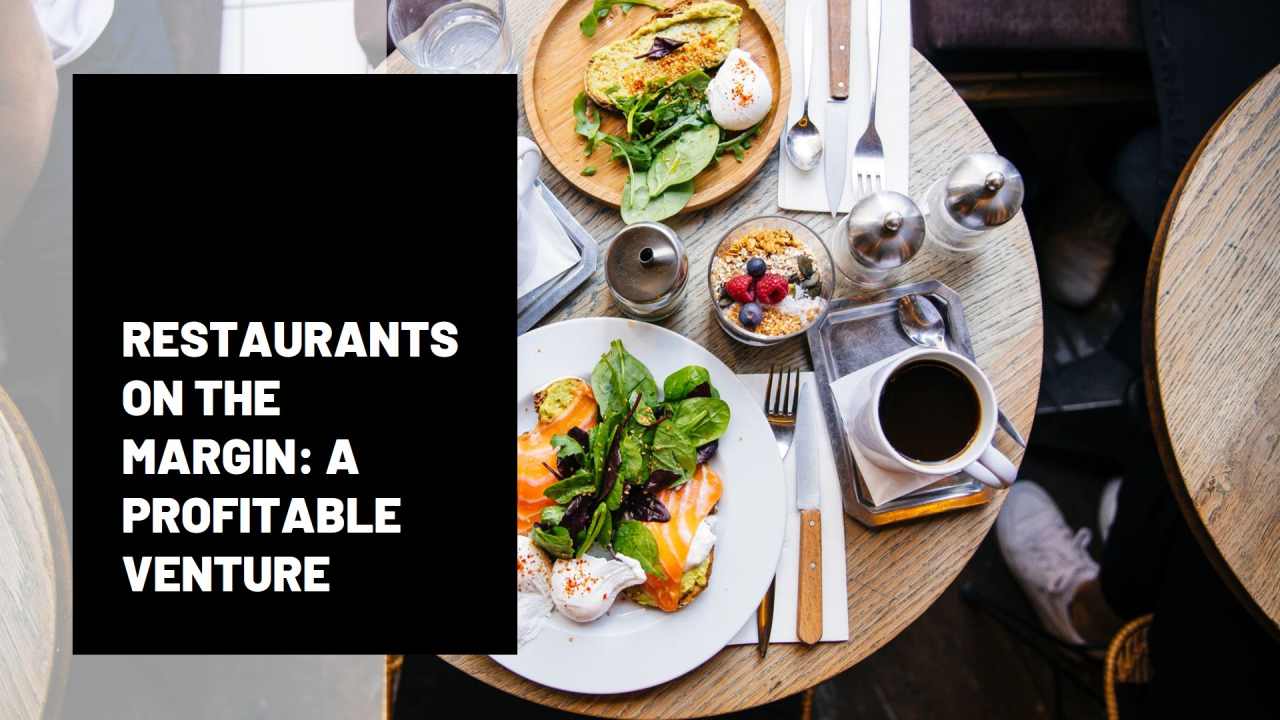
The Happy Camper
Author: Sha' Kavon Thomas
March 26, 2024
In today's digital age, where plastic reigns supreme, restaurants face a common challenge – hefty card processing fees. These fees eat into profit margins, leaving restaurateurs searching for innovative solutions to eliminate them. One such solution that is gaining traction is dual pricing. In this blog post, we will explore what dual pricing is and how it can help restaurants eliminate these pesky fees while benefiting both the business and the customers.
Dual pricing is a strategy employed by businesses, including restaurants, where customers are offered a discount for paying with cash instead of a card. It involves displaying two different prices for the same item or service – one for cash payments and another for card payments. While the cash price remains constant, the card price includes an additional fee to cover the processing costs.
To understand the significance of dual pricing, it's crucial to grasp the concept of card processing fees. Every time a customer swipes their card to pay for a meal, the restaurant incurs a fee from the card issuer and payment processor. These fees can quickly add up, especially for establishments with high transaction volumes. For small businesses, these fees can become a burden and affect their overall profitability.
With dual pricing, restaurants can mitigate the impact of card processing fees by incentivizing customers to pay with cash. By offering a lower price for cash transactions, establishments encourage patrons to opt for this payment method, thus reducing the volume of card transactions and associated fees.
Implementing dual pricing involves several steps. Firstly, the restaurant needs to establish the standard cash price for the items or services offered. This price should be competitive and attractive enough to entice customers to choose cash over cards. Secondly, the additional fee that will be added to the card price needs to be calculated. This fee should cover the average card processing fee the restaurant incurs per transaction while remaining reasonable for customers.
Once the dual pricing system is established, it's essential to communicate it effectively to customers. Clear signage at the entrance, menus, or at the point of sale can help avoid any confusion or misunderstandings. Transparency is key to ensure customers understand the benefits of paying with cash.
Implementing dual pricing can yield several benefits for restaurants. Firstly, it leads to significant cost savings by reducing card processing fees.
These savings directly translate into increased profit margins for the business. Secondly, it improves cash flow as cash transactions are processed faster than card transactions, which often involve authorization and settlement processes. By increasing the proportion of cash payments, restaurants can enhance their cash flow and reduce reliance on delayed card settlements.
Alternative pricing models like dual pricing provides an added incentive for customers to pay with cash. Some patrons may prefer cash payments to avoid transaction fees or for budgeting purposes. By offering a lower price for cash payments, restaurants cater to these preferences and can attract a wider customer base.
Dual pricing is a strategy that can help restaurants eliminate card processing fees and improve their profitability. By incentivizing customers to pay with cash, establishments can reduce the volume of card transactions and associated fees, resulting in cost savings and improved cash flow. As the digital age continues to evolve, it's essential for restaurants to explore innovative solutions like dual pricing to maintain their competitive edge and maximize their profits.